It was said that the Bishop and the patron saint of Bologna San Petronio created a basilica after the Holy Sepulchre in Jerusalem and had it built on top of a temple dedicated to Isis. At a certain time, it contained seven churches so the complex was locally known as Sette Chiese ("Seven Churches"). With restorations and changes to the site, now it had four churches, in which one could see amazing things:
- Chiesa del Santissimo Crocefisso - columns and capitals from Roman construction
- Basilica dei Santi Vitale e Agricole - the city’s oldest church, with the remains of sixth century mosaic floors
- Chiesa del San Sepolcro, or Chiesa del Calvario - the tomb of San Petronio, patron saint of Bologna and a replica of Christ’s tomb
- Chiesa della Trinità church, restored between 11th and 12th century - a 14th-century crib made of painted and gold wood by Simone dei Crocifissi

Piazza Santo Stefano
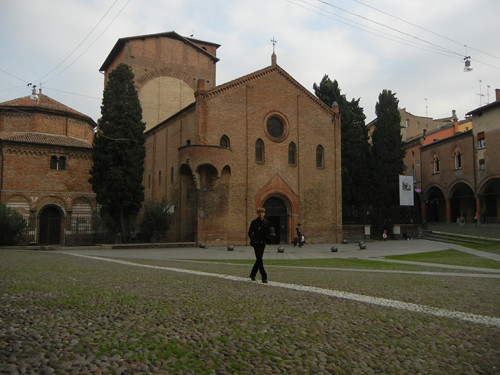
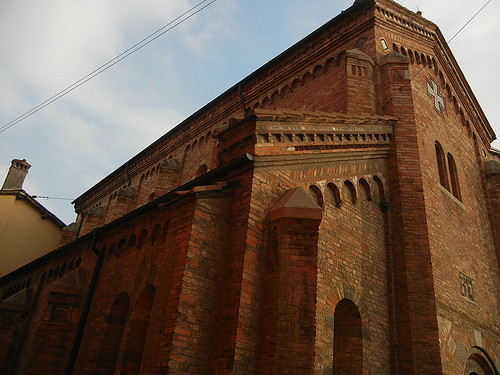
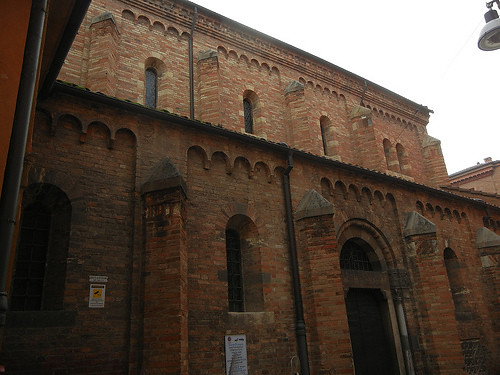
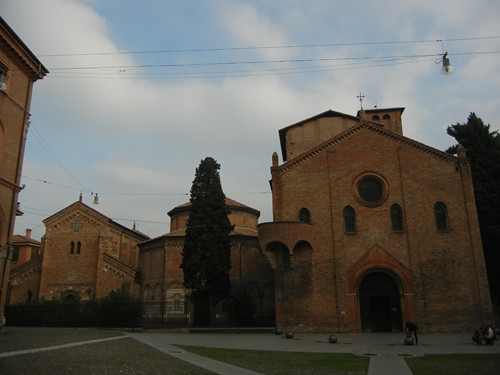
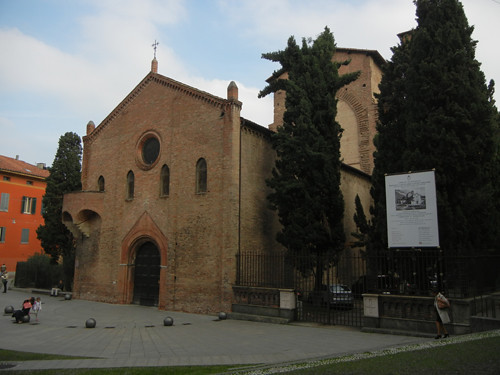
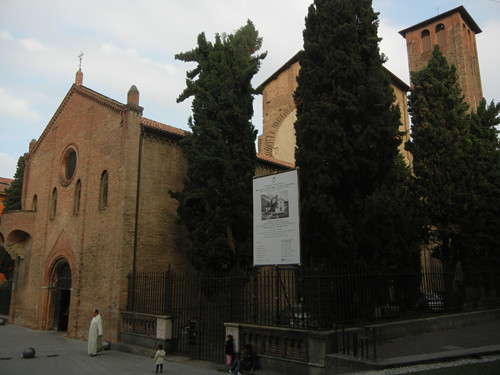
I always loved buildings with medieval flavors for its strangeness and the endearing lumbering mass; though Basilica Santuario Santo Stefano was not so authentic after extensive renovations, it still emitted enough romantic atmosphere of the chivalry epoch - exotic, distant, mysterious, a bit forbidding and a bit naive, e.g. Chiesa del San Sepolcro, or Chiesa del Calvario, and the relief plaque of three figures below:
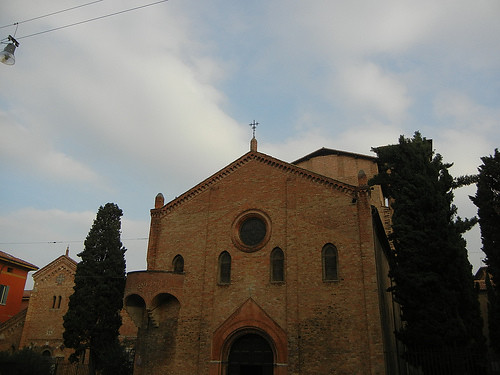
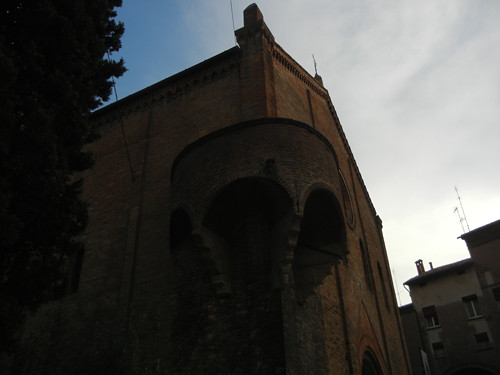

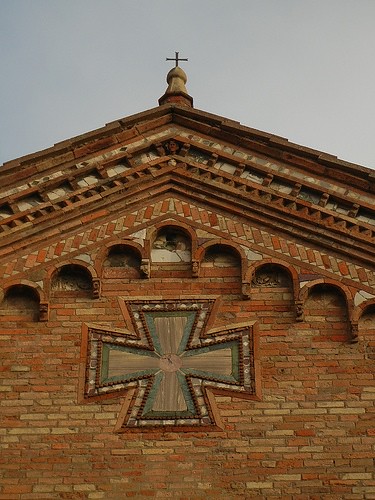
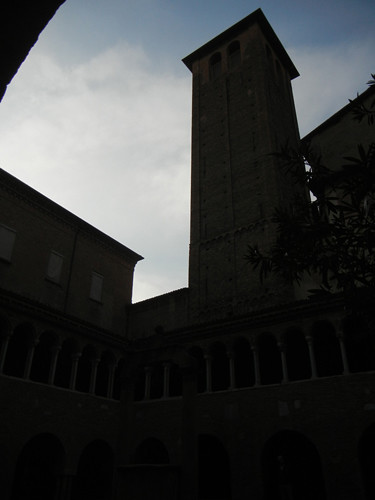
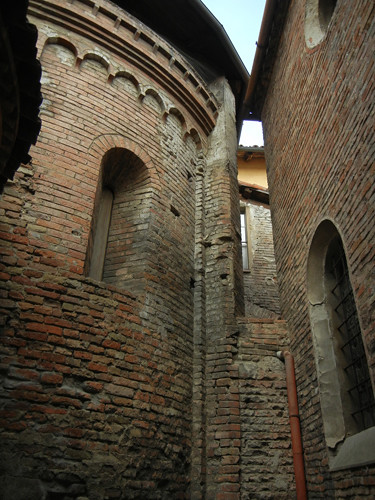
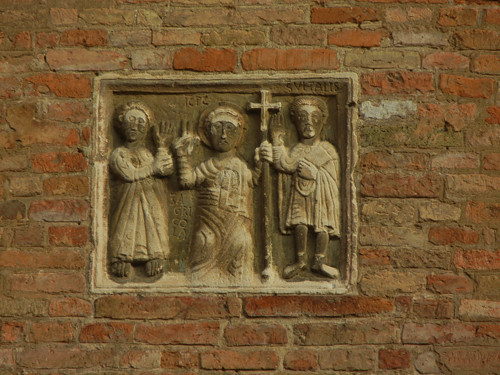
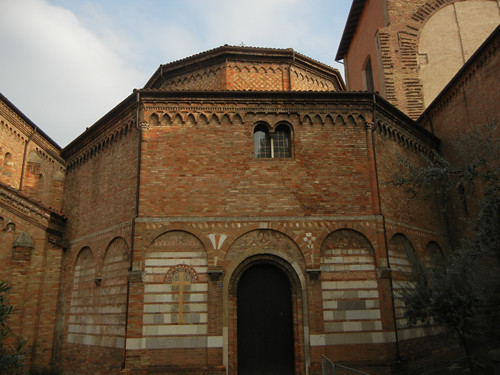
Chiesa del San Sepolcro, or Chiesa del Calvario, contains the tomb of San Petronio
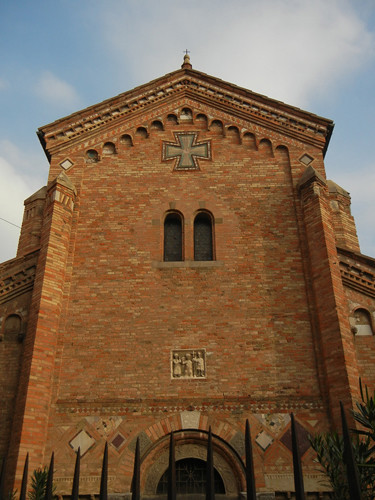
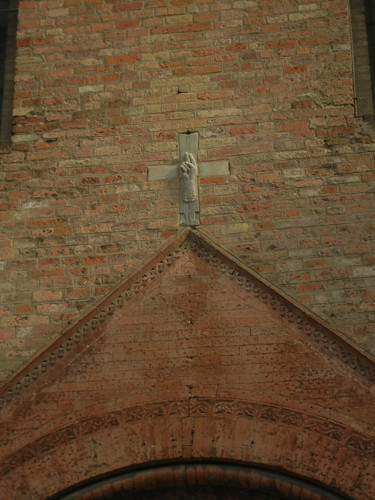
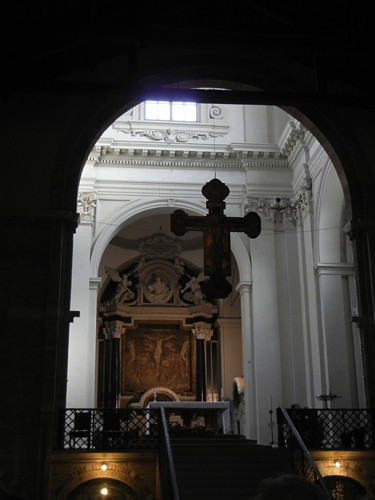
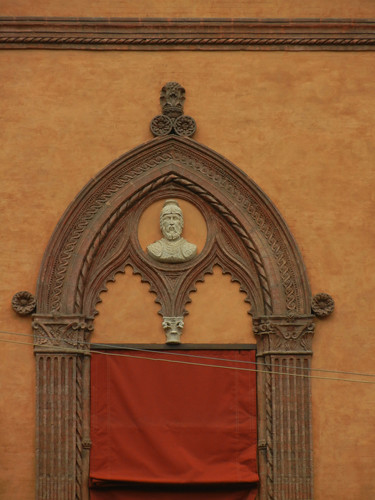
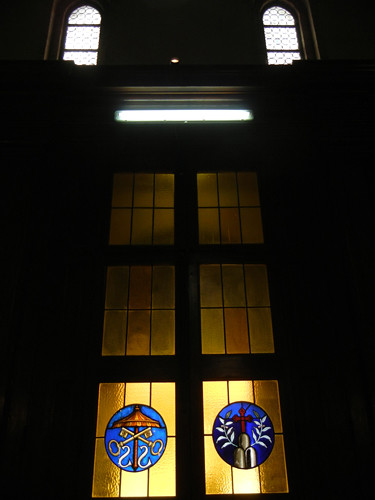
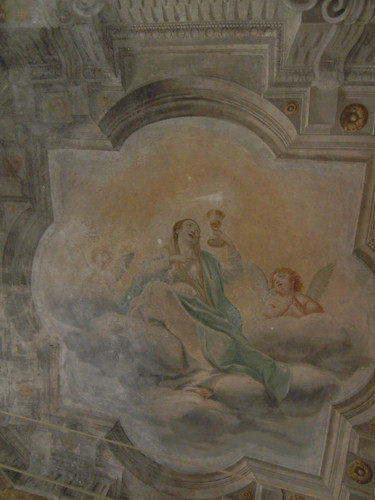
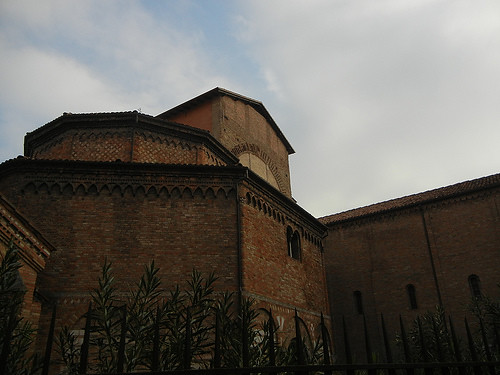

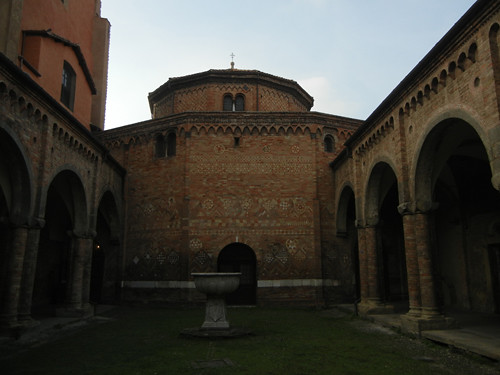

The cloister of the Basilica was very soothing and I practically could hear angelic chants in my head, though that imaginary melody was constantly interrupted, in a good way, by other visitors, particularly those young people, always a gratifying sight in a cultural site.
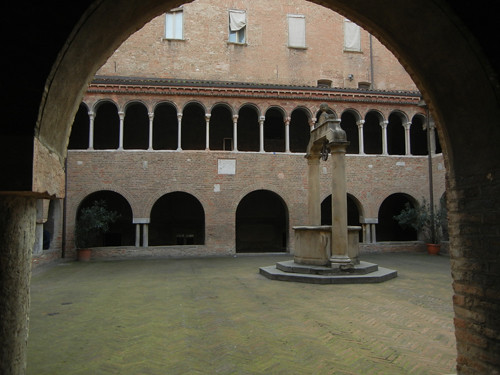
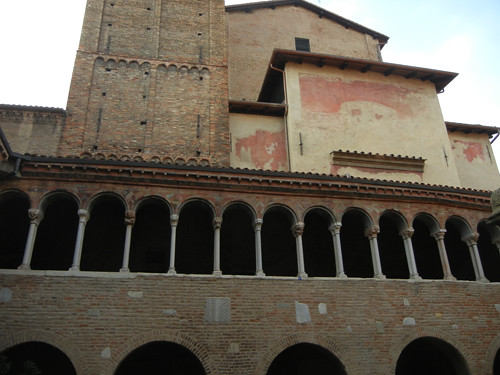
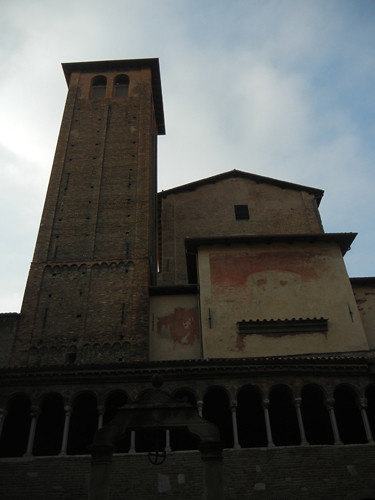
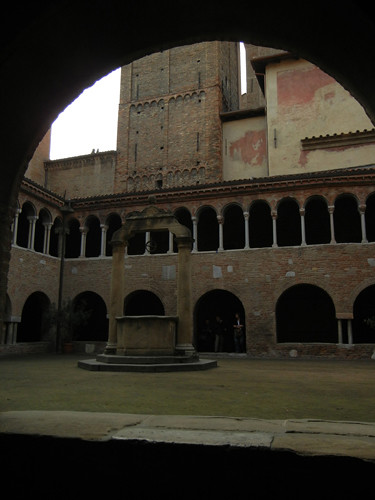

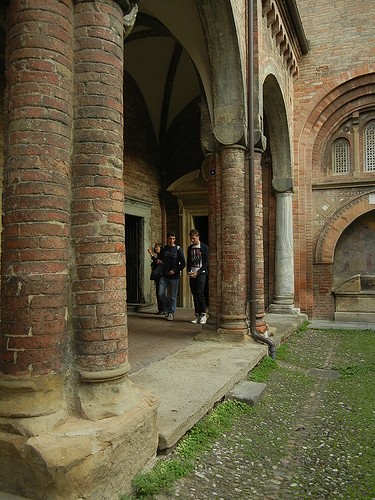

There were many amazing artifacts on display and all were in fairly good conditions. As a painter, I was naturally more taken in by the frescoes and paintings. Of special interest were also religious ceremonial apparatus, stored in the treasury.
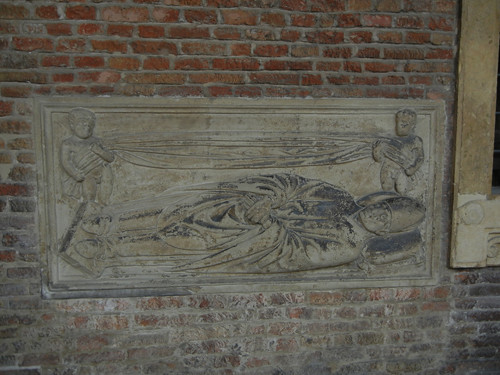
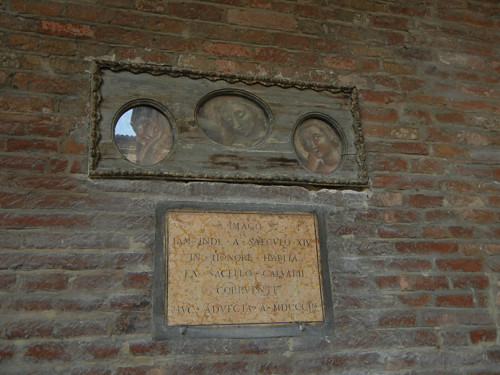
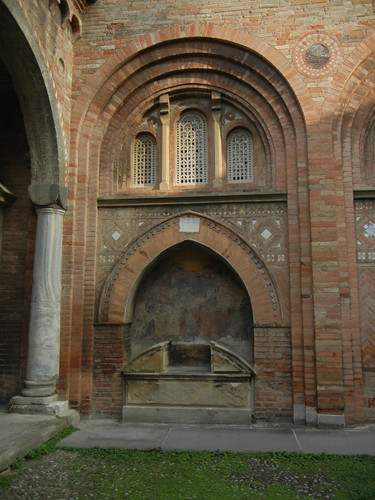
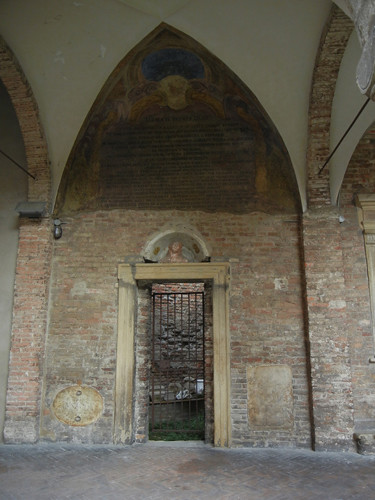
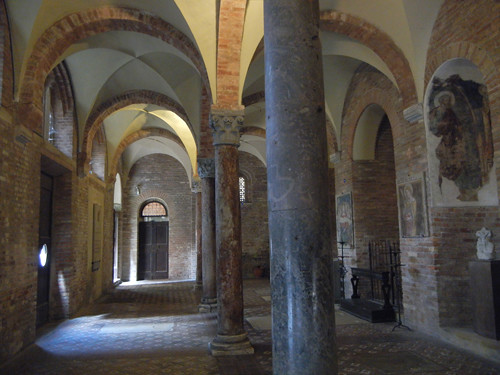

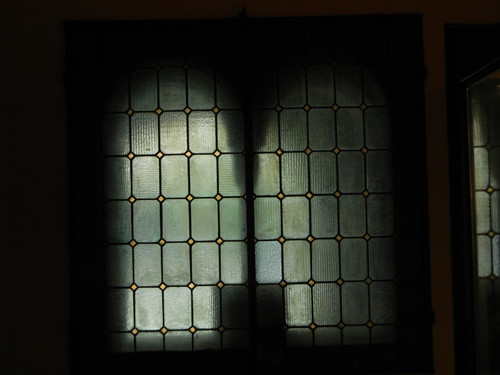
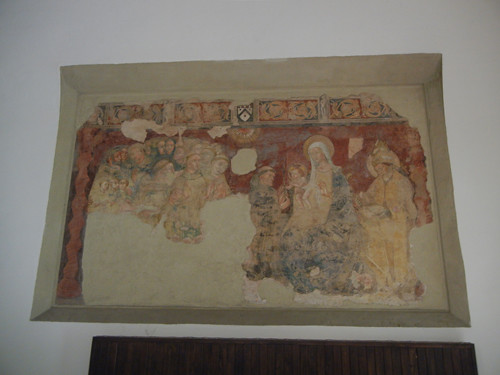
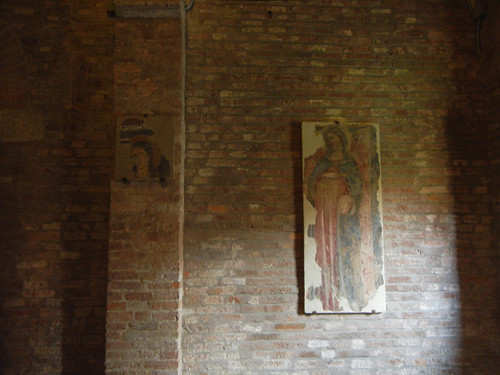
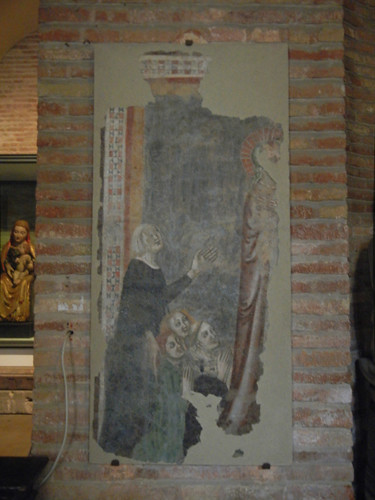
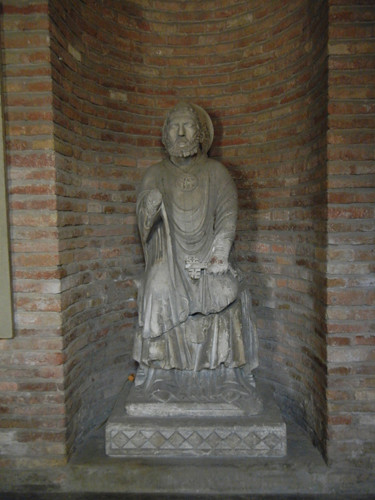
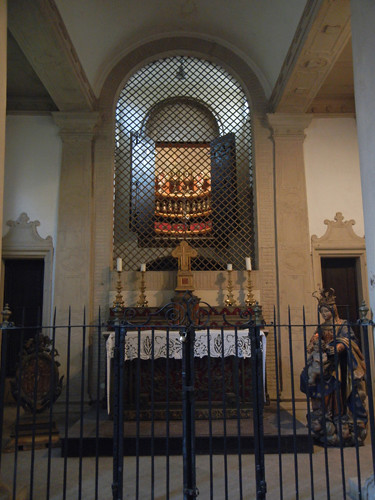
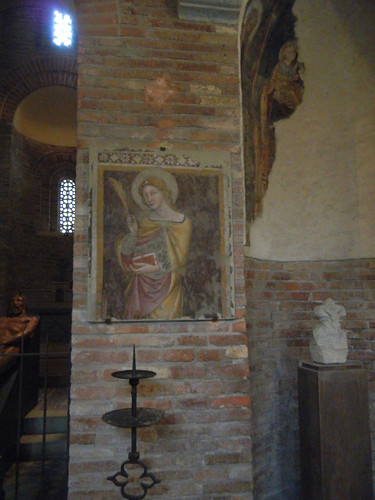
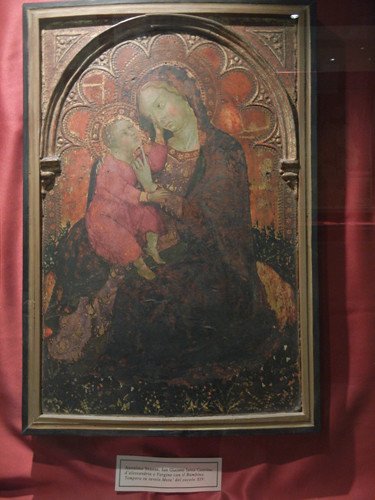
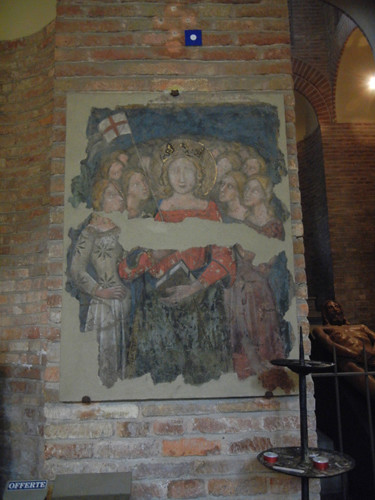

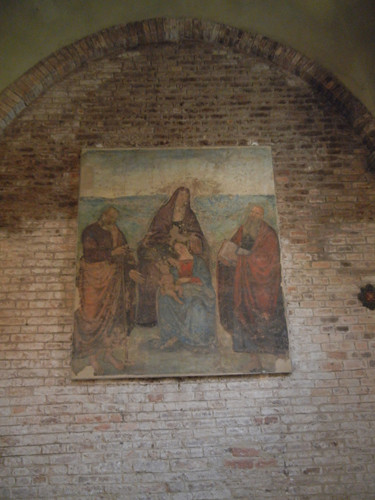


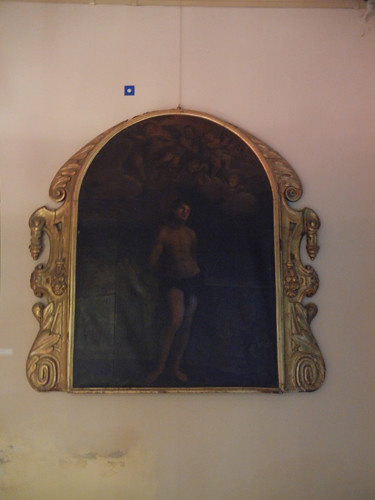
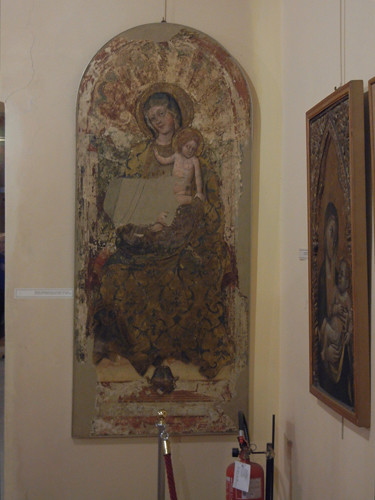
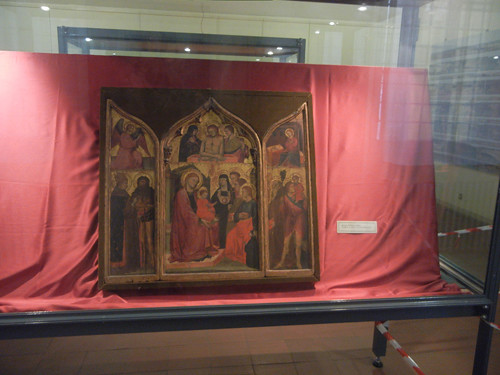
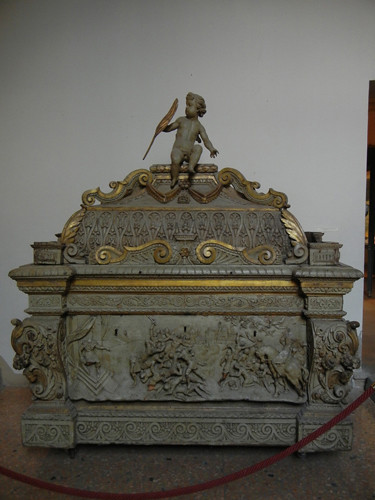
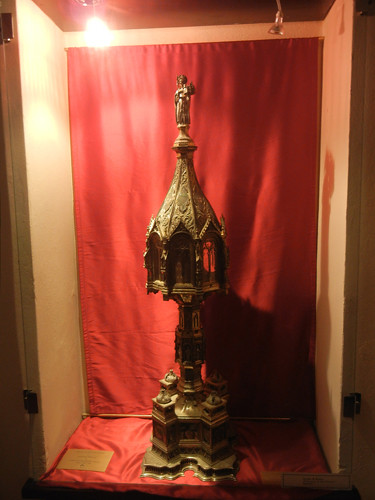
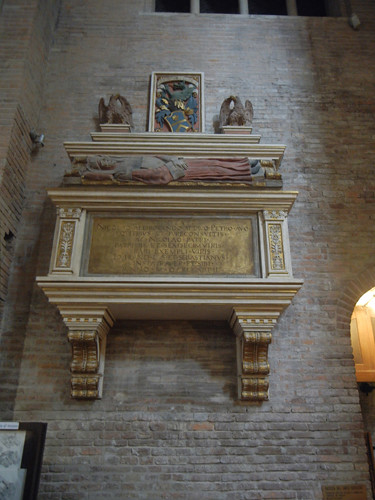
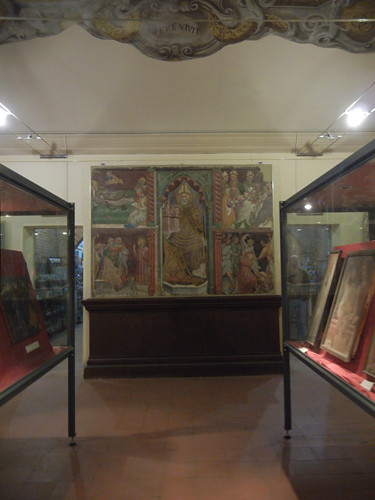
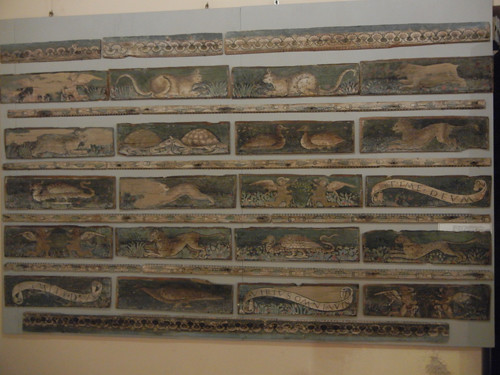
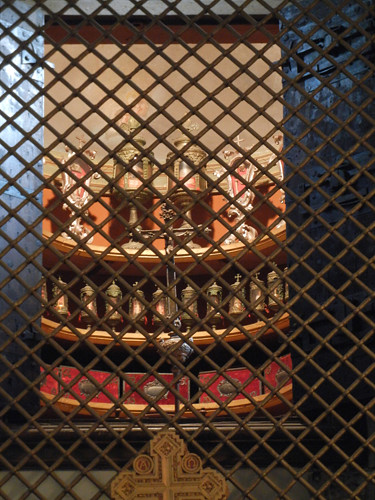
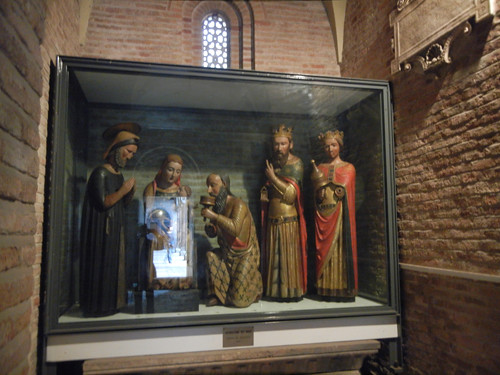
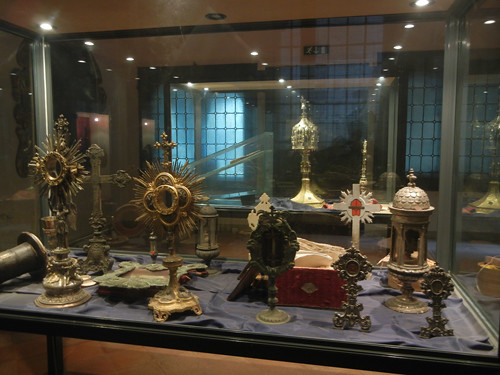
For me, the centerpiece of the Basilica was the Calvary Niche in the Church of the Holy Sepulchre (Chiesa del San Sepolcro, or Chiesa del Calvario), after the one in Jerusalem. This round church held the tomb of San Petronio, patron saint of Bologna. One can also see a replica of Christ’s tomb, including the Angel of Good News and the sleeping Roman soldiers, is on view at this church. At Easter the stone would be rolled back to help to recreate the discovery of the Resurrection.
This part of the Basilica was very old and bit deliciously gloomy and dark, only lit by little light coming in through tiny widows far above the ground, and the visitors did have a sense of being entombed, not in a suffocating sense but rather cozy, like in a protective earth mother's womb. The domed brick ceiling was beautiful in its simplicity and perfection. Amid the semi-darkness, those slivers of ray of light really shone down like benediction. This was definitely my favorite spot in Bologna.
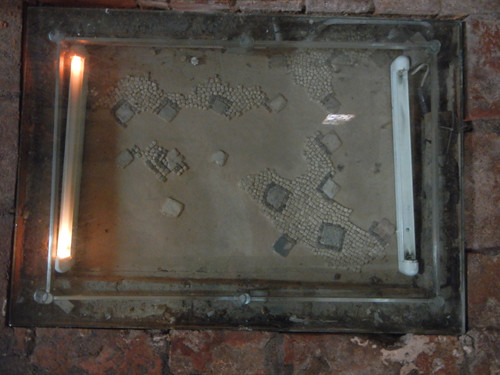
Sixth century mosaic floors
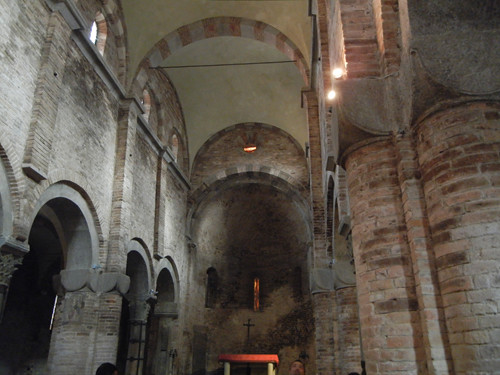
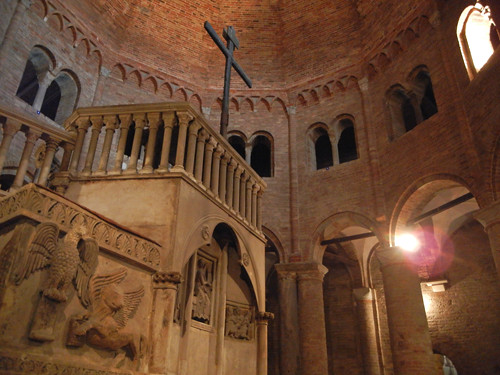
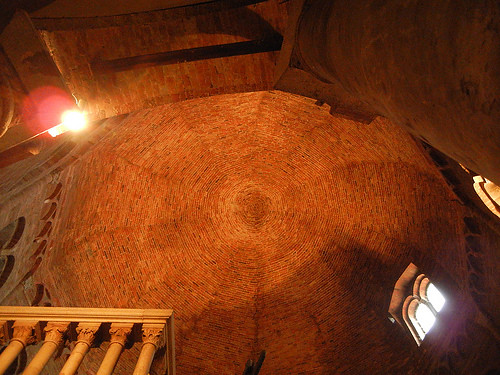
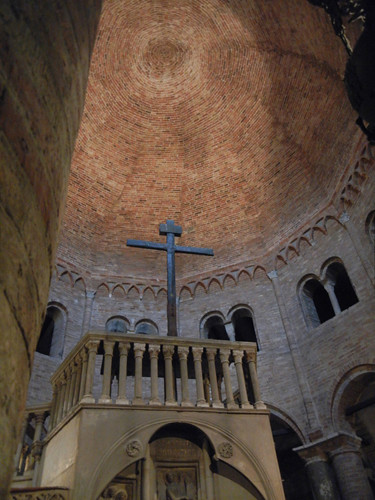

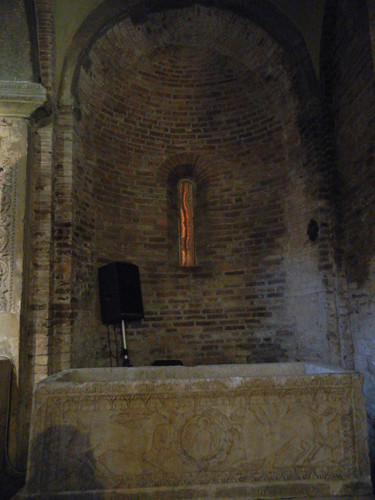
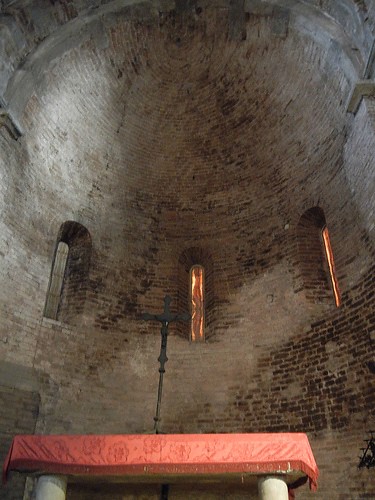
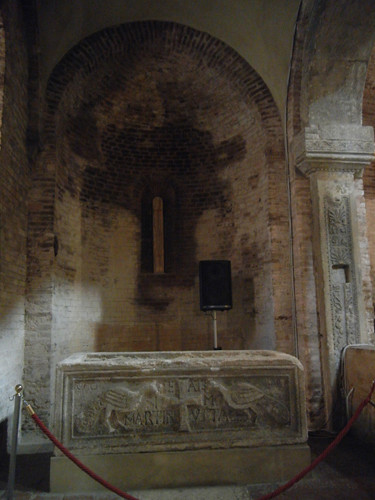
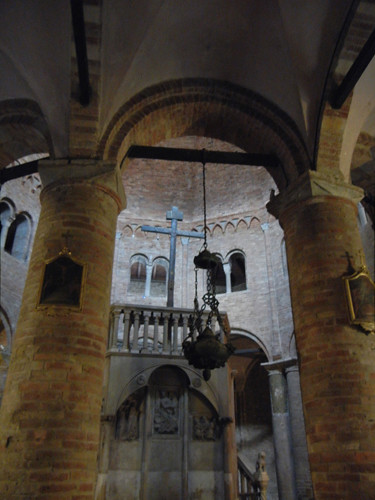
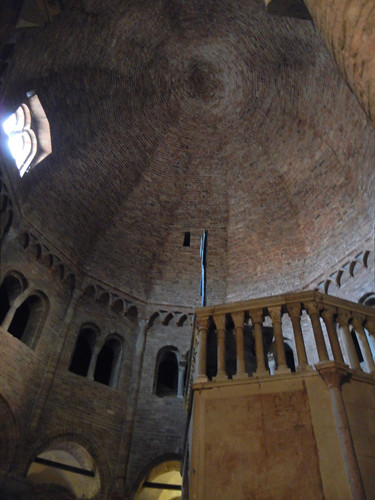
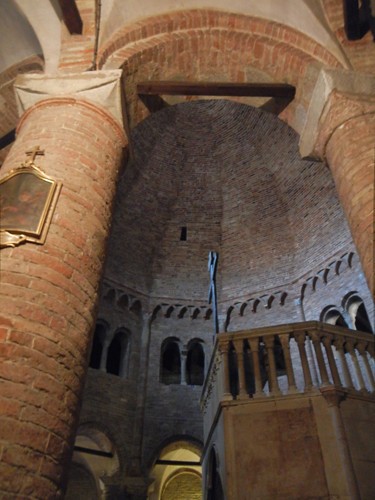
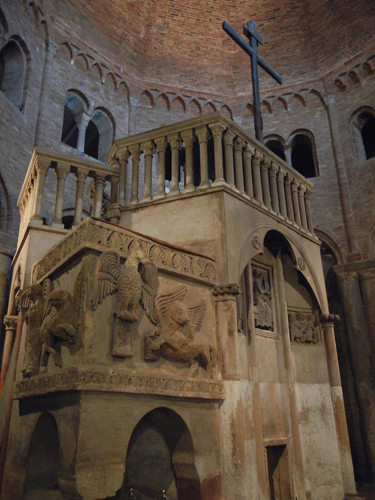
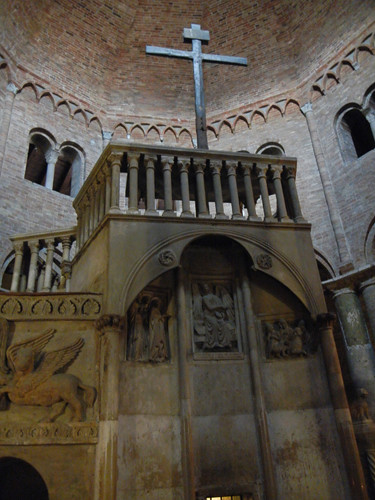
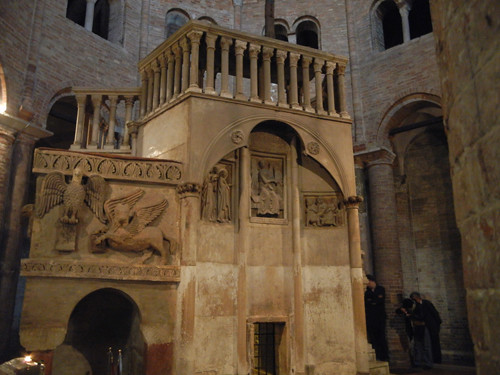
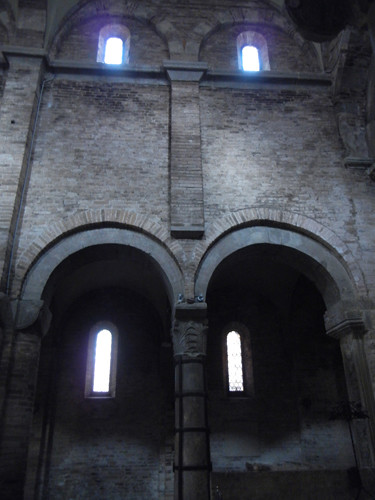
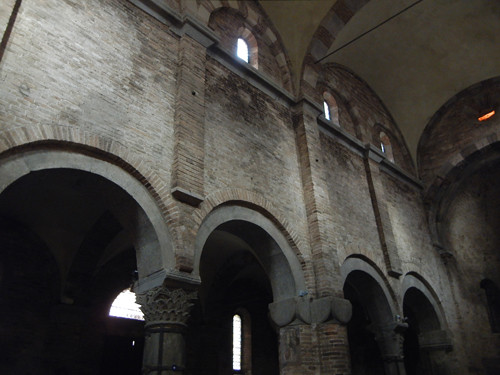
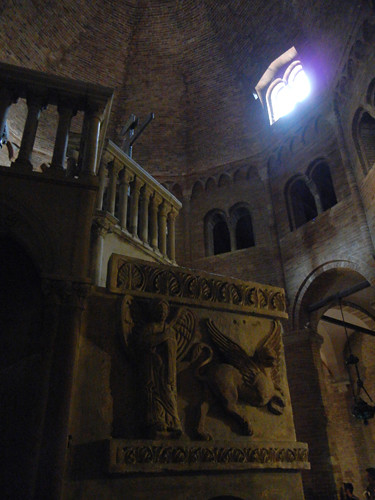
There was also a model of the Basilica on way, so as to give visitors a better understanding of the complicated layout of the vast complex:
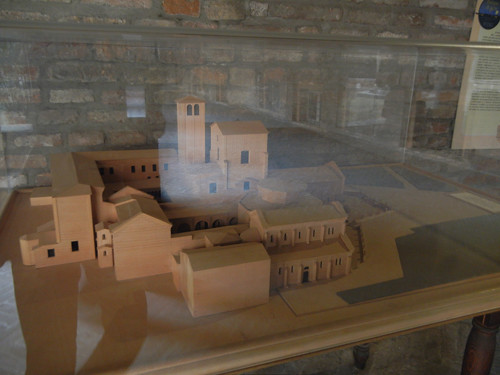
Model of Basilica Santuario Santo Stefano
Related posts on Art · 文化 · Kunst:
- Basilica di San Petronio and San Domenico in Bologna
- Il palazzo dell'Archiginnasio, Bologna
- Palazzo D'Accursio (Palazzo Comunale), Bologna - Bologna Wrap Up
- Cappella degli Scrovegni and Musei Civici degli Eremitani in Padova (Padua)
- San Giorgio Maggiore, Il Redentore, Scuola e Chise Grande di San Rocco, Venezia- Magnificent Churches in Vienna- My Favorite Frescoes at Santa Croce, Firenze
- My Favorite Art Works at Santa Maria Novella, Firenze
- My Favorite Artworks at Cappelle Medicee, San Lorenzo, Firenze- My Favorite Works at Palazzo Medici Riccardi, Firenze, Italia
Label: Italy, Austria and Italy Trip 2012





No comments:
Post a Comment